O-chem NMR regions and memorized pKa values
1/22
There's no tags or description
Looks like no tags are added yet.
Name | Mastery | Learn | Test | Matching | Spaced |
|---|
No study sessions yet.
23 Terms
What is the chemical shift range for ketones and aldehydes in 13C NMR?
190+ ppm

What is the chemical shift range for carboxylic acids, esters, and amides in 13C NMR?
160-190 ppm

What is the chemical shift range for alkenes in 13C NMR?
105-150 ppm

What is the chemical shift range for Alkynes in 13C NMR?
75-95 ppm

What is the chemical shift range for carbon attached to an electronegative element in 13C NMR?
10-80 ppm

What is the chemical shift range for alkanes in 13C NMR?
10-50 ppm

What is the chemical shift range for saturated alkane hydrogens in 1H NMR?
0-1.5 ppm
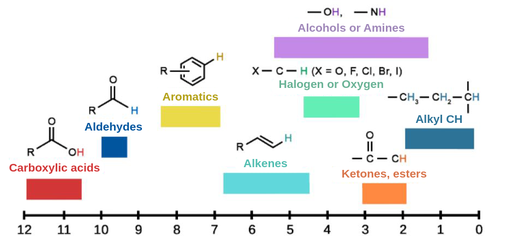
What is the chemical shift range for allylic hydrogens in 1H NMR?
1.5-2.5
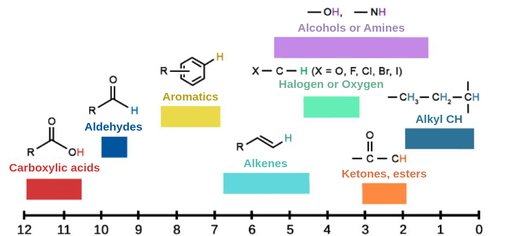
What is the chemical shift range for hydrogens attached to a carbon attached to an electronegative element in 1H NMR?
2.5-4.5
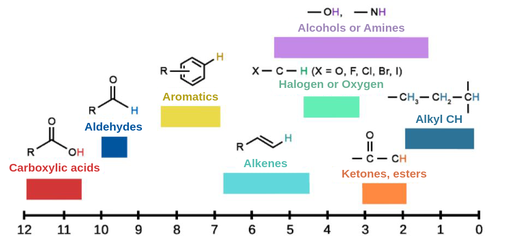
What is the chemical shift range for vinylic hydrogens in 1H NMR?
4.5-6.5
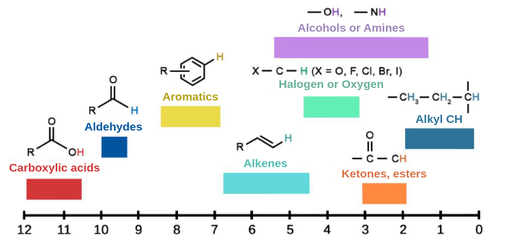
What is the chemical shift range for aromatic hydrogens in 1H NMR?
6.5-8
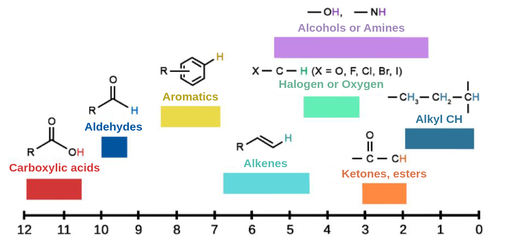
What is the chemical shift range for aldehyde hydrogens in 1H NMR?
9-10
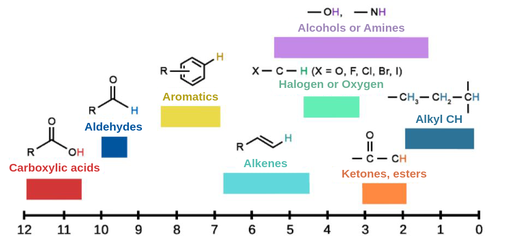
What is the chemical shift range for carboxylic acid hydrogens in 1H NMR?
10-12
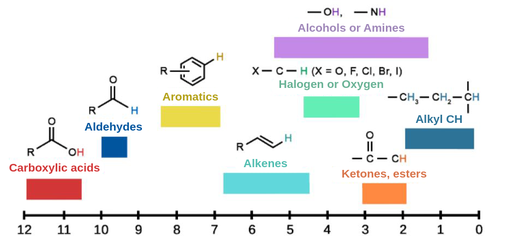
What is the pKa value for H2SO4?
-10
What is the pKa value for H3O+?
-1.7
What is the pKa value for Carboxylic Acid?
4-5
What is the pKa value for a protonated amine?
9-11
What is the pKa value for phenol?
10
What is the pKa value for H2O?
15.7
What is the pKa value for alkynes?
25
What is the pKa value for a deprotonated amine?
37
What is the pKa value for alkenes?
40-45
What is the pKa value for alkanes?
45-50